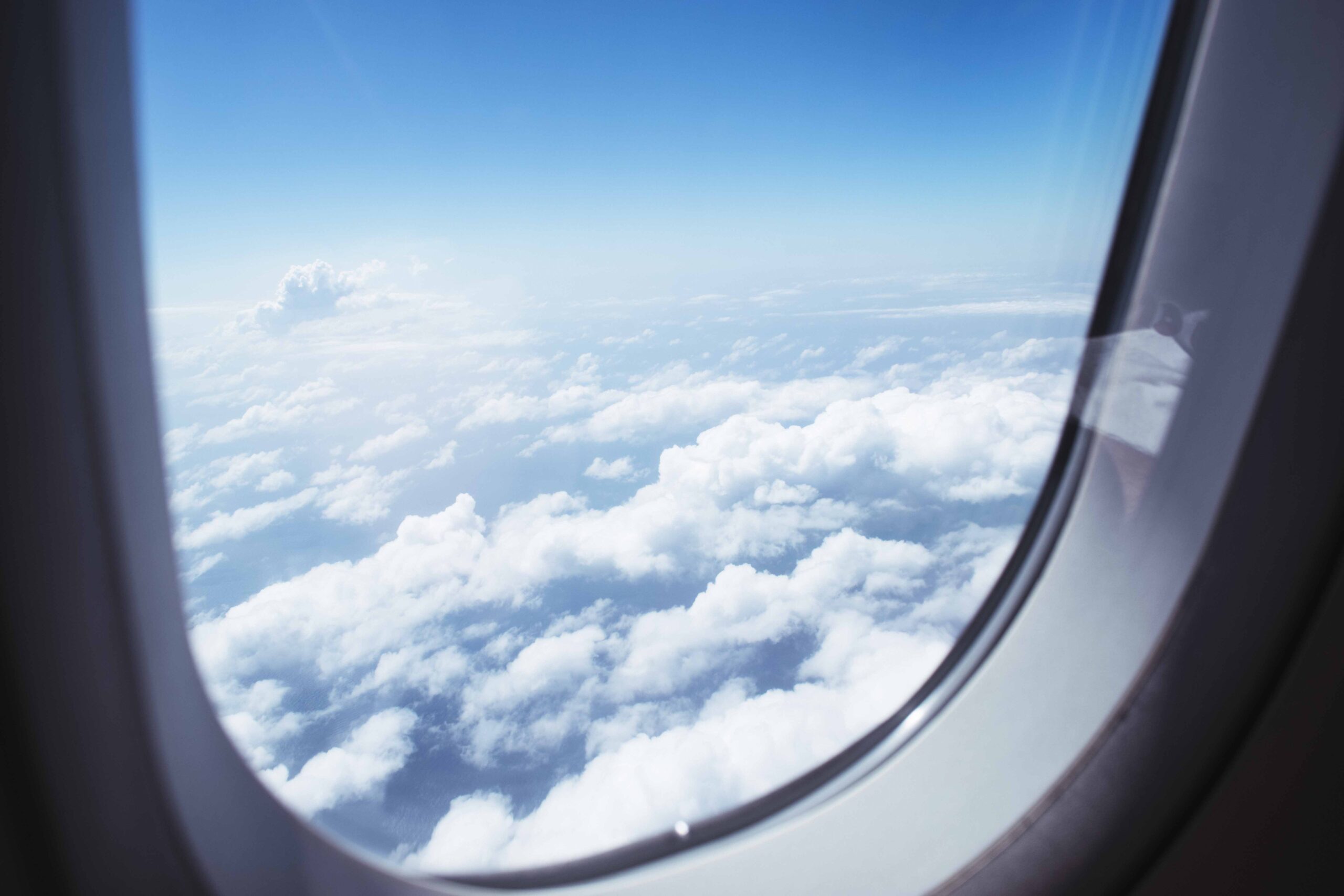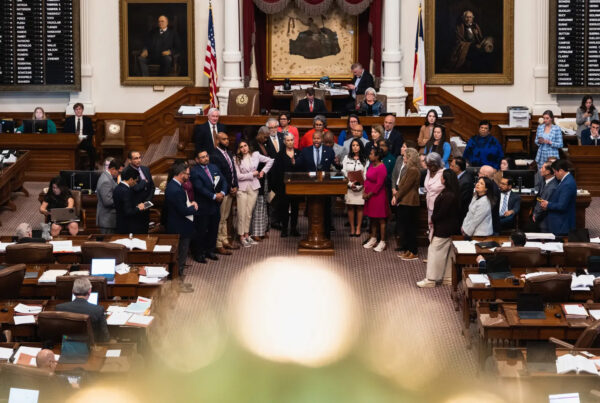It’s not just delays and cancellations that are making air travel more onerous lately. Incidents involving turbulence are also on the rise.
Climate change is one of the factors involved in an uptick in clear-air turbulence, a phenomenon that can catch passengers and pilots off guard.
Ramalingam Saravanan, professor and head of the Texas A&M Department of Atmospheric Sciences, spoke to the Texas Standard about what the phenomenon means for flights. Listen to the story above or read the transcript below.
This transcript has been edited lightly for clarity:
Texas Standard: What exactly is clear-air turbulence?
Ramalingam Saravanan: As the name suggests, it happens in clear air without any clouds or obvious signs of turbulence. And it happens because there’s usually wind shear in the vertical, when the wind speed changes with height. And when planes fly through these regions, they encounter turbulence, which they don’t see and so they’re surprised by it.
Well, what seems to be causing this phenomenon?
There are several causes. One of them is clouds that generate waves that propagate up. The other is mountains also generate waves that propagate up. And the other is just basic increase in wind speed with height that’s called wind shear that can cause it.
Well, now it seems like we’ve been hearing about planes or airlines encountering clear air turbulence and, you know, the pilot has not been able to sort of give the head’s up to the folks in the back of the plane. Are we hearing about that more because it’s being reported more often, or is something actually happening that’s causing more clear-air turbulence over the land now?
If you look at the data, the number of incidents has been going up. It’s a combination of both them being reported more, but climate models also suggest that as the globe warms, actually this could increase. So it’s a combination of both.
So how would climate change be affecting clear-air turbulence? Are we seeing a greater clash between the warming of the land, and that’s sending up radiant heat, which is clashing with colder jet streams or what, exactly?
It’s actually somewhat complicated. You think of global warming typically as warming polar regions more than the equatorial regions, but if it go up into the stratosphere, which is the altitude where the planes cruise, the opposite happens. The polar regions actually cool and the equatorial stratosphere warms and the reverse temperature gradient increases the vertical shear. So it’s sort of a counterintuitive effect with this global cooling in the stratosphere that’s creating wind shear, which creates turbulence.
Perhaps this is beyond your realm of expertise here, professor, but I’m curious, what can pilots do to try to avoid clear-air turbulence, especially if they can’t see it? It’s not in the form of a cloud.
There is two ways that happens. One is pilots flying through the same flight path can radio back that there’s clear-air turbulence and pilots can avoid it. The other is trying to use computer models to plan flight routes. The second is not foolproof, but people are improving computer models to do that.
Well, I know that certain flight paths have been based upon known weather conditions. I’m curious if you think that maybe airlines, maybe the FAA, needs to reconsider those old flight paths and recalculate where the most turbulent air might be now, or is that called for, do you believe?
I believe that may happen in the future. I don’t know if it’s necessary right now, but using models and prediction tools, we should be planning for that.
In the meantime, I guess the best advice would be buckle up. I mean, make sure that if you’re seated, you’ve got that belt fastened.
Exactly. The most serious injuries happen to those who are not buckled up.














